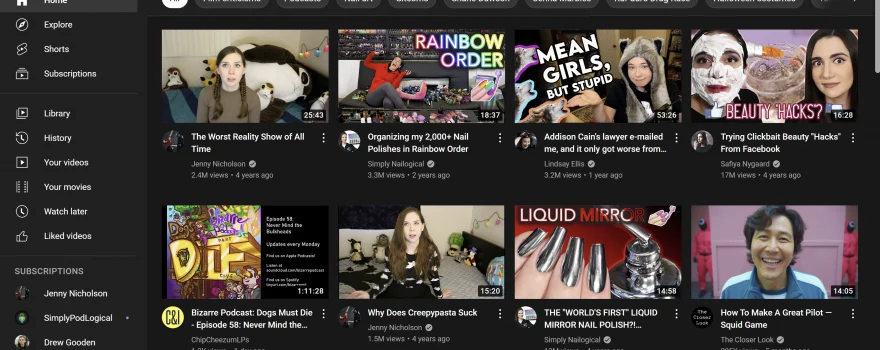
In a reminder of shifting trends in the tech industry, YouTube has announced it is dropping its Stories feature, mirroring the popular format first offered by Instagram. Beginning June 26, YouTube stories will disappear, with previously uploaded stories available for another 7 days. The decision comes as YouTube seeks to refocus its efforts on expanding its short video feature, Shorts, and improving community features to better engage users and creators.
The rise and fall of YouTube Stories:
YouTube originally introduced the Stories feature in 2017, exclusively for users with more than 10,000 subscribers. It allowed creators to post updates and promote their channels with short-lived, ephemeral content. However, due to limited access and a lack of widespread popularity, stories failed to gain traction on YouTube. Content creators continued to rely on traditional formats, including long and short videos such as the recently popular “Shorts.”
Community Empowerment:
Recognizing the need for greater community engagement, YouTube recently expanded access to community posts. This feature allows creators to share text updates, conduct polls, quizzes and share images directly on their channels. By providing these tools, YouTube aims to strengthen the connection between creators and their audience by encouraging more interactive and engaging content.
YouTube is paying particular attention to shorts:
Trying to compete with the viral success of platforms like TikTok, YouTube is focusing on shorts. This short-form video feature allows creators to create content that is eye-catching and optimized for viewing on mobile devices. To encourage the creation of shorts, YouTube introduced revenue sharing with shorts creators in February, giving them the opportunity to monetize their content. By investing in Shorts, YouTube hopes to attract more creators to produce shorts videos and take advantage of the growing demand for “chunky” content.
The ebb and flow of “stories” across platforms:
YouTube isn’t the only platform exploring the “stories” format. Companies like Netflix, LinkedIn, Twitter and Spotify have used similar features with mixed success. Netflix introduced “Extras” in its mobile app, sharing videos and photos from popular shows, and then moved on to vertical short videos. LinkedIn discontinued its Stories feature in 2021, and Twitter recently removed its Fleets feature after eight months. Spotify, on the other hand, introduced a Stories-like feature for artist profiles. This ebb and flow of Stories across platforms underscores the ever-evolving nature of the tech industry, as companies experiment with new ways to engage users.
Conclusion:
When YouTube says goodbye to stories, it represents a strategic shift in its approach to content creation and community engagement. By moving away from stories and redirecting resources to shorts and advanced community features, YouTube aims to better meet the changing needs and preferences of its users and creators. As the platform continues to evolve, it will be interesting to see how the shift to shorts and interactive community features will shape the future of YouTube and its role in the ever-expanding landscape of digital content consumption.
